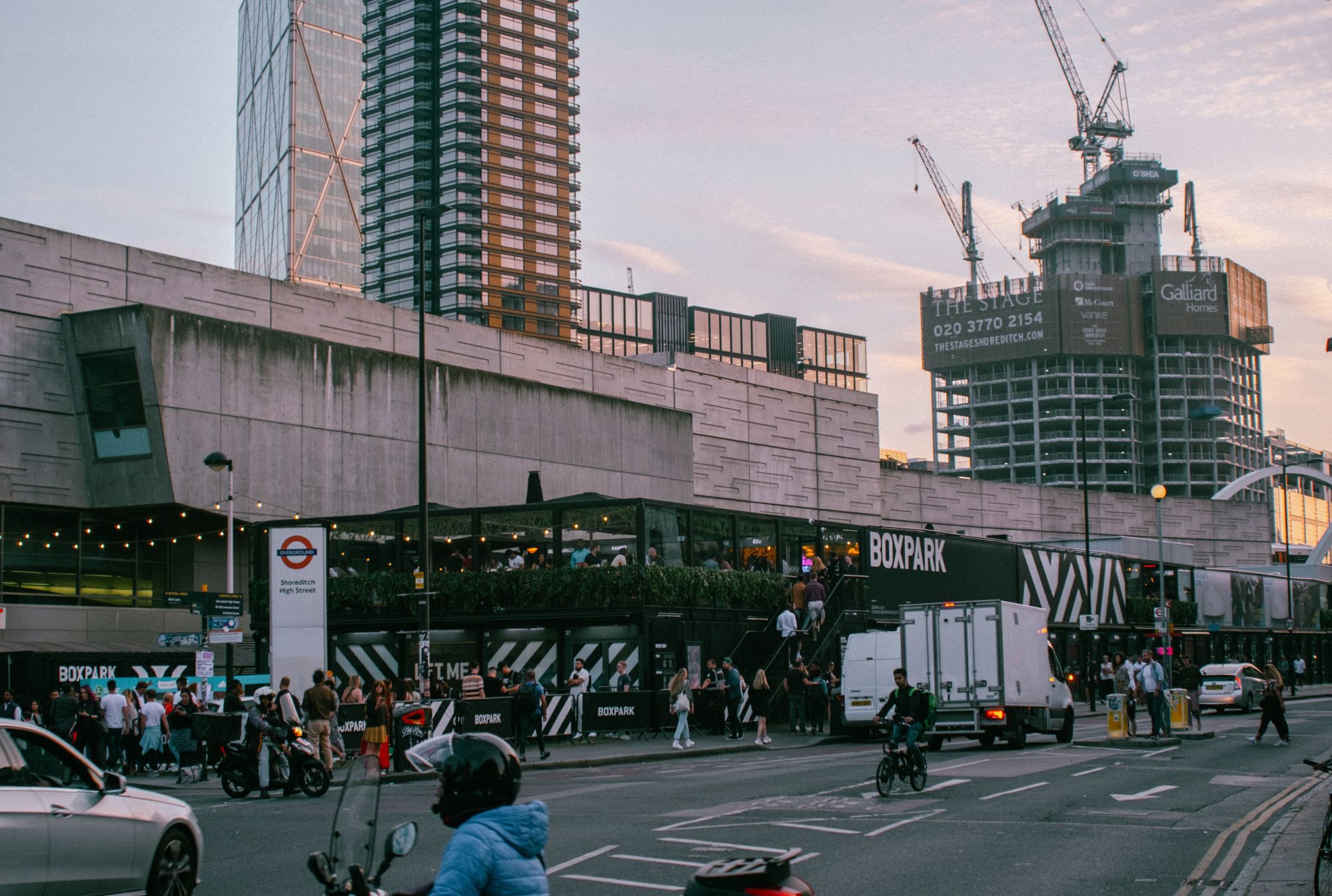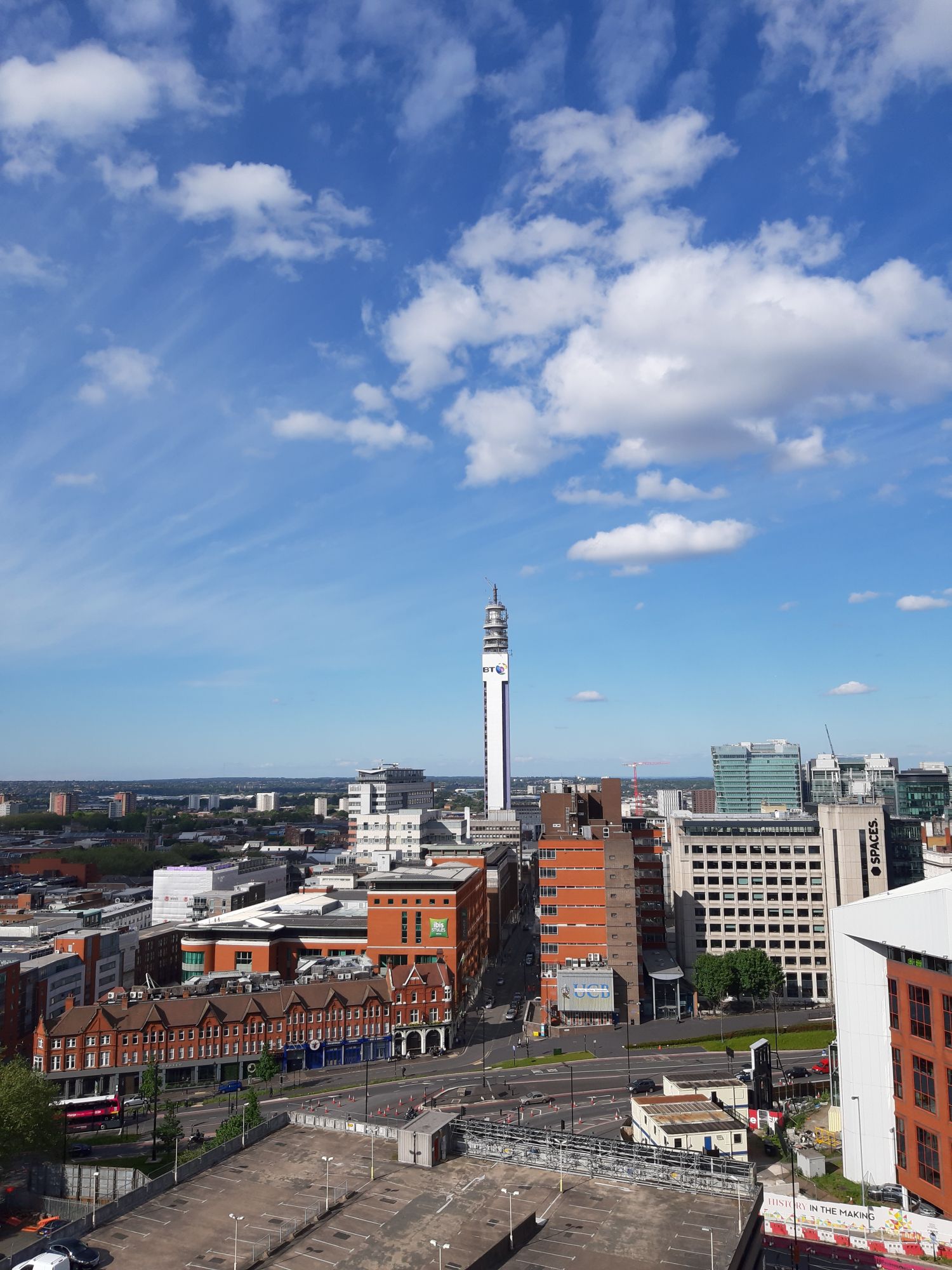Overseas property buyers are sensing an opportunity as the UK prepares to say au revoir to the European Union
With the UK still struggling to grasp the full repercussions of Brexit and prime minister Boris Johnson’s leadership, its UK property market is looking increasingly attractive to foreign investors thanks to the country’s weak currency—and the prospect of snapping up some Brexit bargains has not escaped the attention of high-net-worth buyers.
“We’ve seen a huge influx of enquiries and an increase in super and prime London deals being done from Hong Kong and China,” says Mark Elliott, head of international residential for Savills.
See also: How To Manage Your Investments In An Uncertain Global Market

Some property specialists claim even bigger discounts. “The current status of the pound means that for dollar-denominated buyers, prime London property is about 40 per cent cheaper than it was in 2014,” says Katherine O’Shea of Coutts Real Estate Investment Service.
Prime properties are defined as homes valued at between £1 million and £10 million, while anything above that is classed as super-prime.
While these properties are currently priced at steep discounts compared to five years ago, they could have even further to fall. The Bank of England’s worst case scenario for Brexit predicted a 35 per cent drop in house prices. Such an extreme outcome is very unlikely, but a few doubt that prices will head downward—especially in dollar terms.
See also: The Best New Luxury Hotels That Opened In London In 2019
On the face of it, this seems like a great time to buy luxury property in London. Sales are at a six-year low, properties are staying on the market for more than six months and buyers are getting almost 13 per cent off the asking price on average, according to Coutts.
But Elliott says that there are some potential challenges that buyers should be aware of. “You would think it would be a buyers’ market with what you hear in the press and on the ground locally,” he says. “But the reality we see is very different.”






